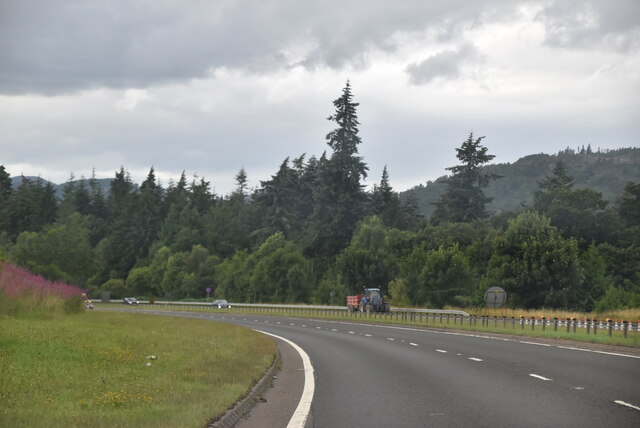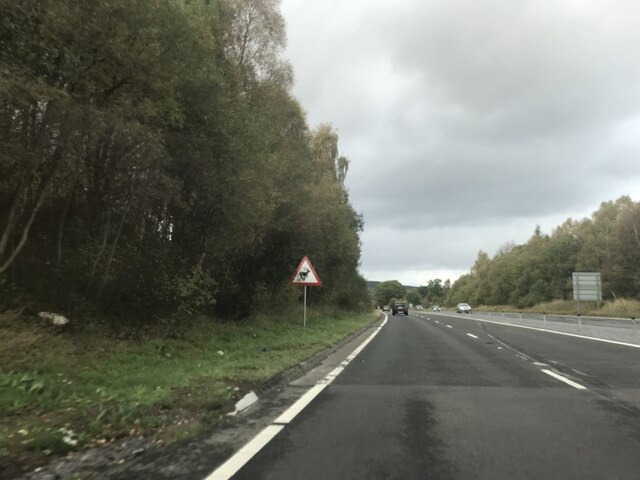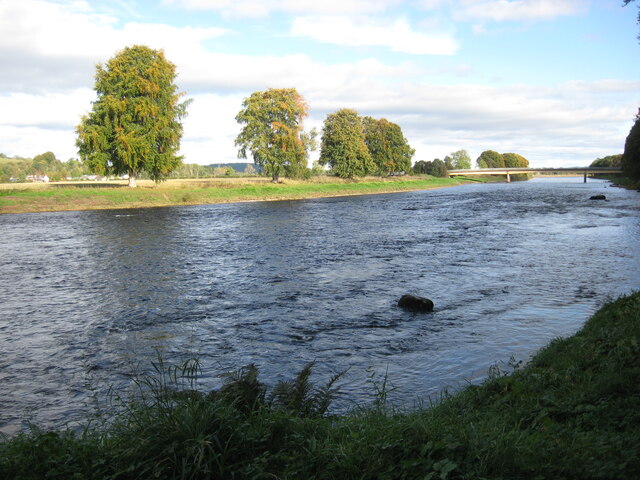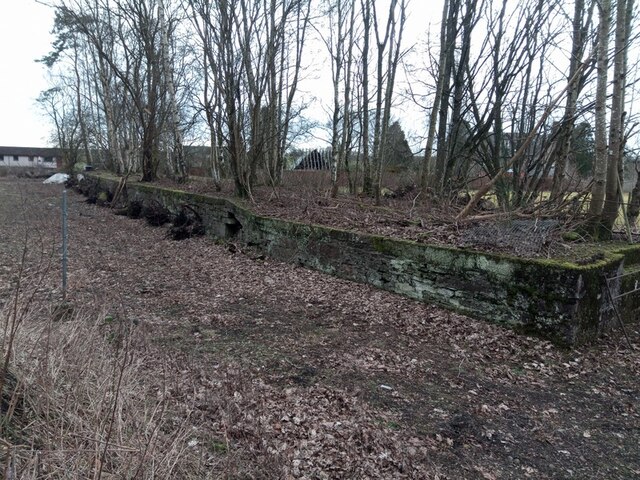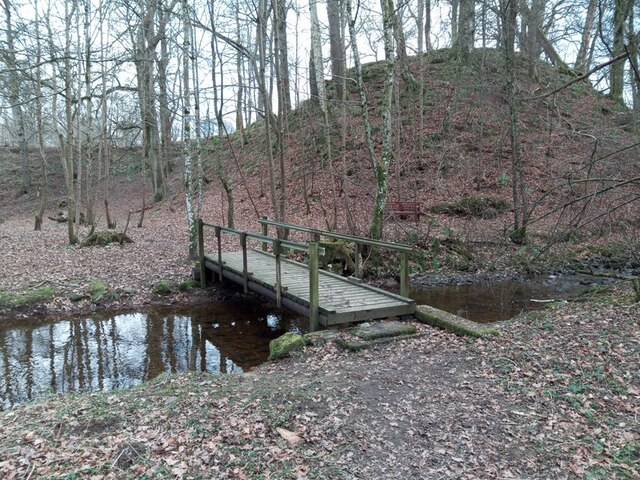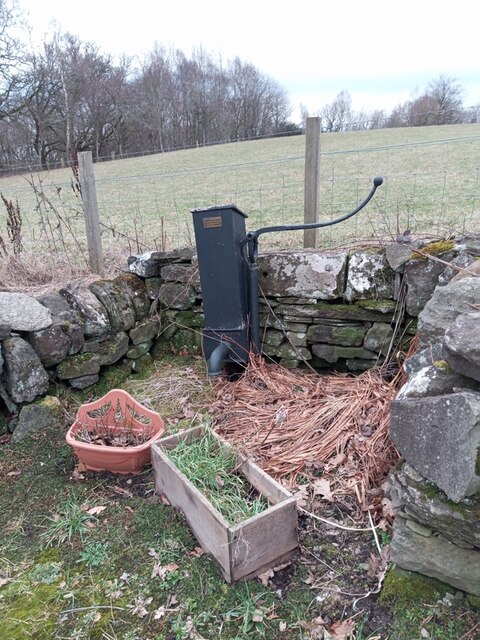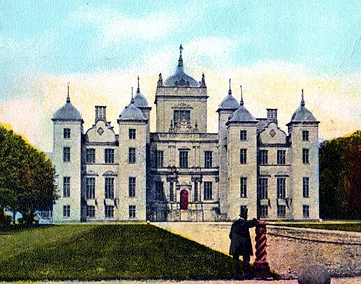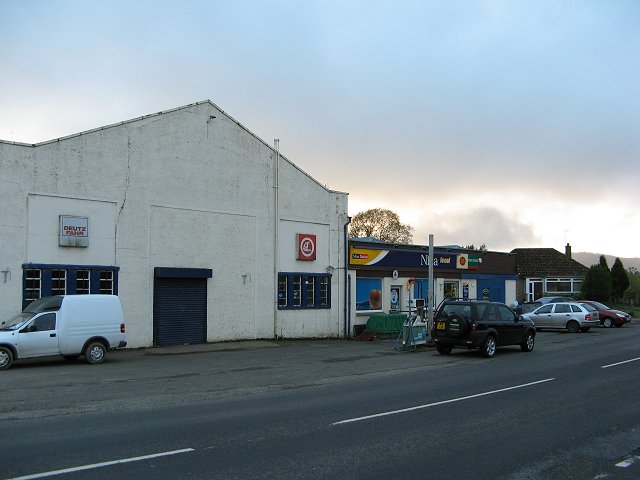Keppie Wood
Wood, Forest in Perthshire
Scotland
Keppie Wood
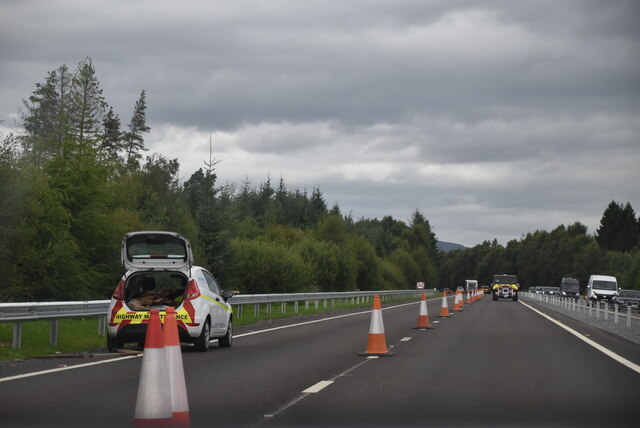
The requested URL returned error: 429 Too Many Requests
If you have any feedback on the listing, please let us know in the comments section below.
Keppie Wood Images
Images are sourced within 2km of 56.536249/-3.4930541 or Grid Reference NO0839. Thanks to Geograph Open Source API. All images are credited.

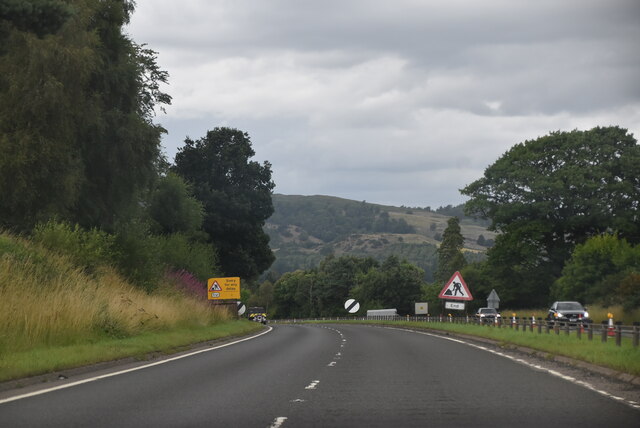
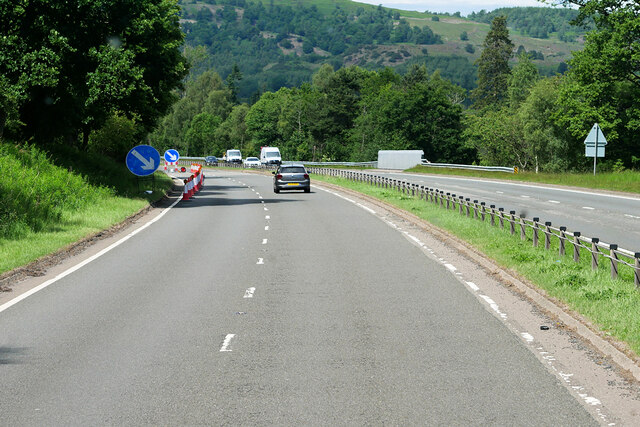
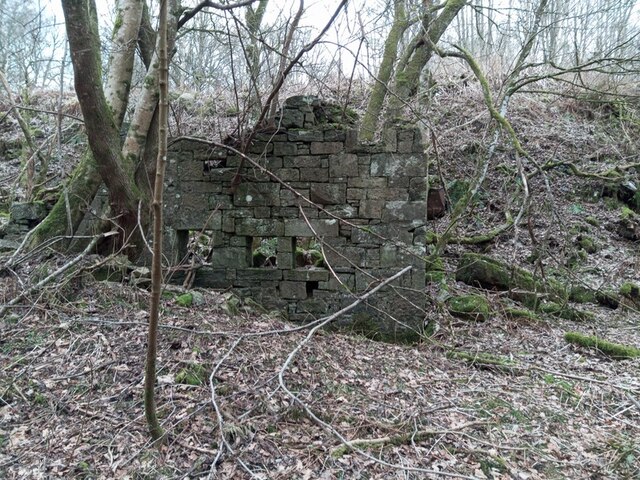
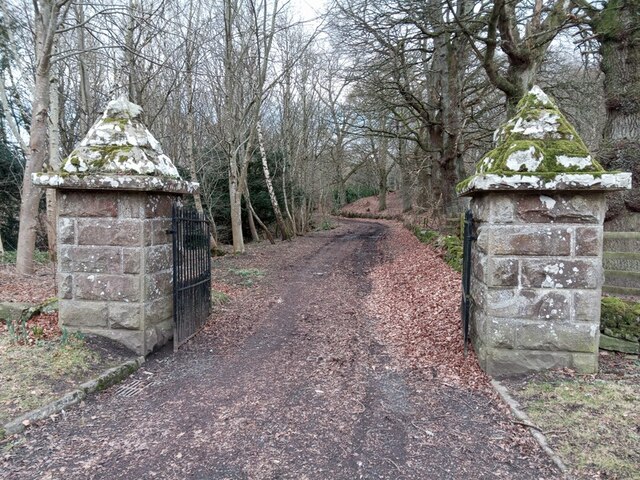
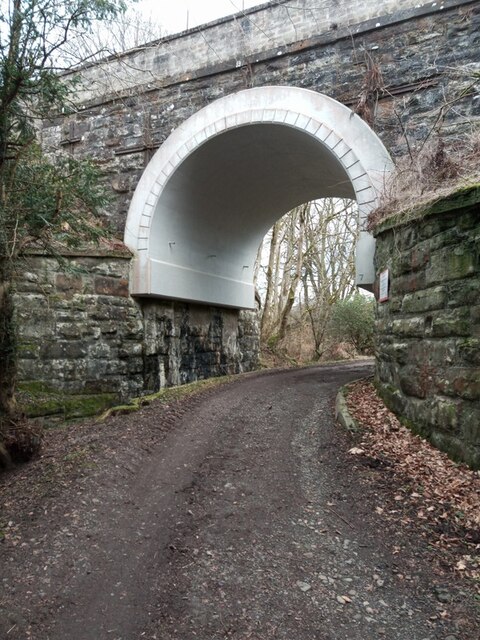
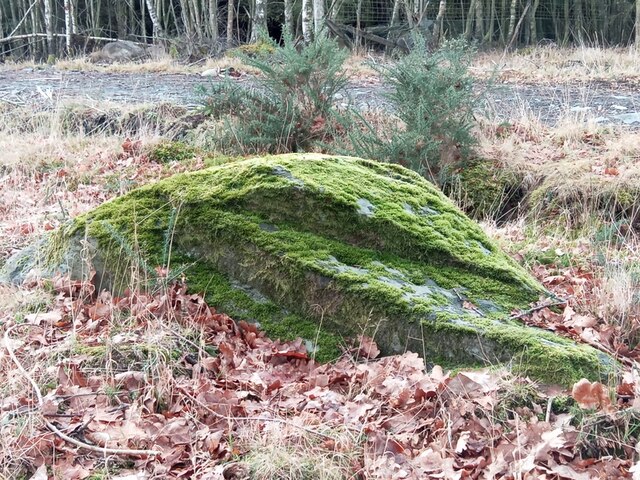
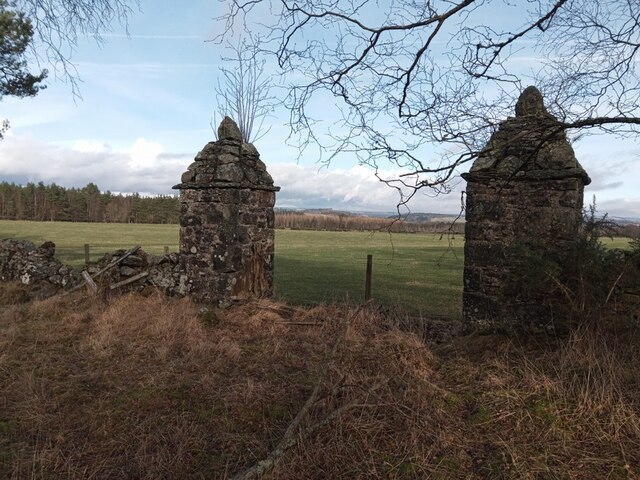
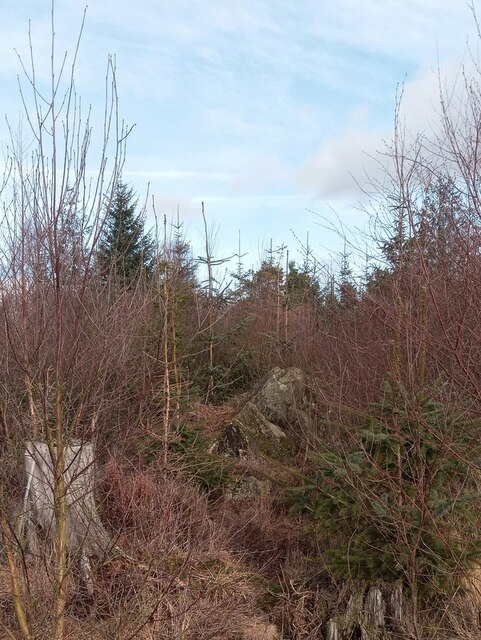
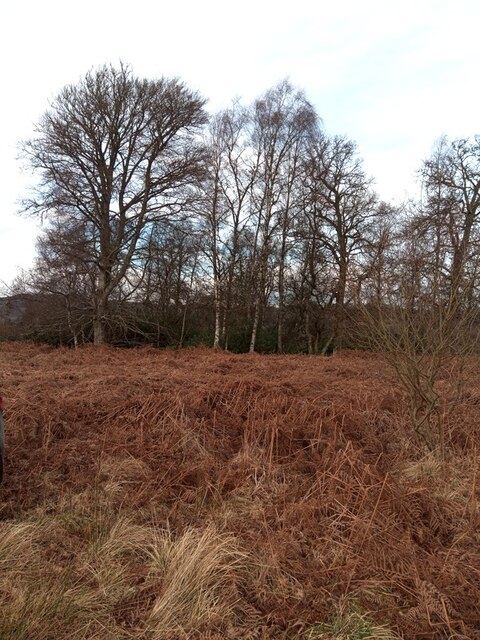
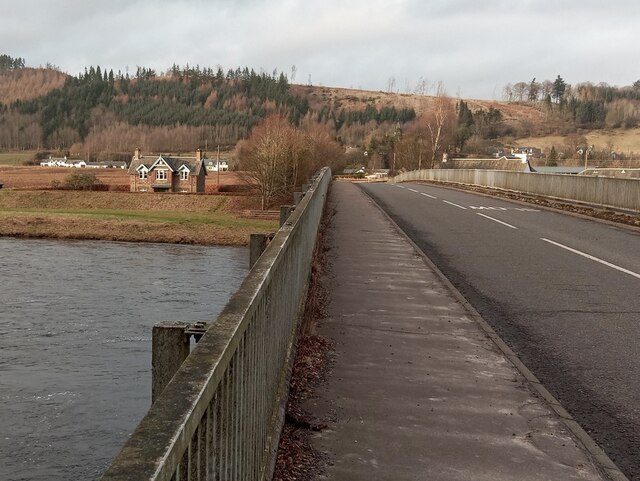
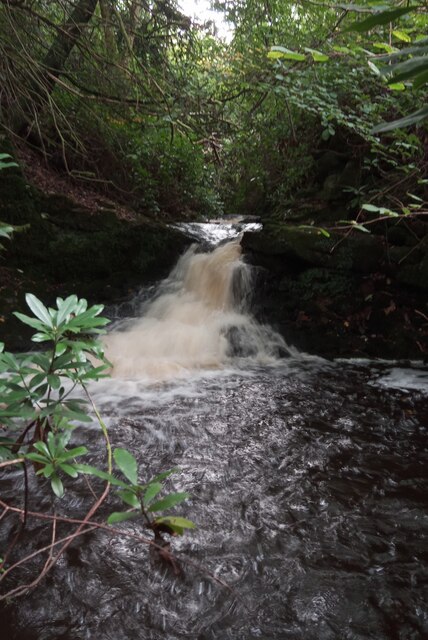
Keppie Wood is located at Grid Ref: NO0839 (Lat: 56.536249, Lng: -3.4930541)
Unitary Authority: Perth and Kinross
Police Authority: Tayside
What 3 Words
///roosters.fine.awoke. Near Bankfoot, Perth & Kinross
Nearby Locations
Related Wikis
Caputh, Perth and Kinross
Caputh ( KAY-pəth) is a parish and village in Perth and Kinross, Scotland. It lies on the A984 Coupar Angus-to-Dunkeld road, about 6 miles (10 kilometres...
Murthly House
Murthly House, also known as New Murthly Castle, was a substantial mansion in Perth and Kinross, Scotland, designed by James Gillespie Graham and demolished...
Murthly Hospital
Murthly Hospital, previously known as Murthly Asylum, Perth District Asylum and Perth and District Mental Hospital was a psychiatric hospital in Murthly...
Murthly
Murthly (Scottish Gaelic Mòrthlaich) is a village in Perth and Kinross, Scotland. It lies on the south bank of the River Tay, 5 miles (8 kilometres) southeast...
Nearby Amenities
Located within 500m of 56.536249,-3.4930541Have you been to Keppie Wood?
Leave your review of Keppie Wood below (or comments, questions and feedback).
